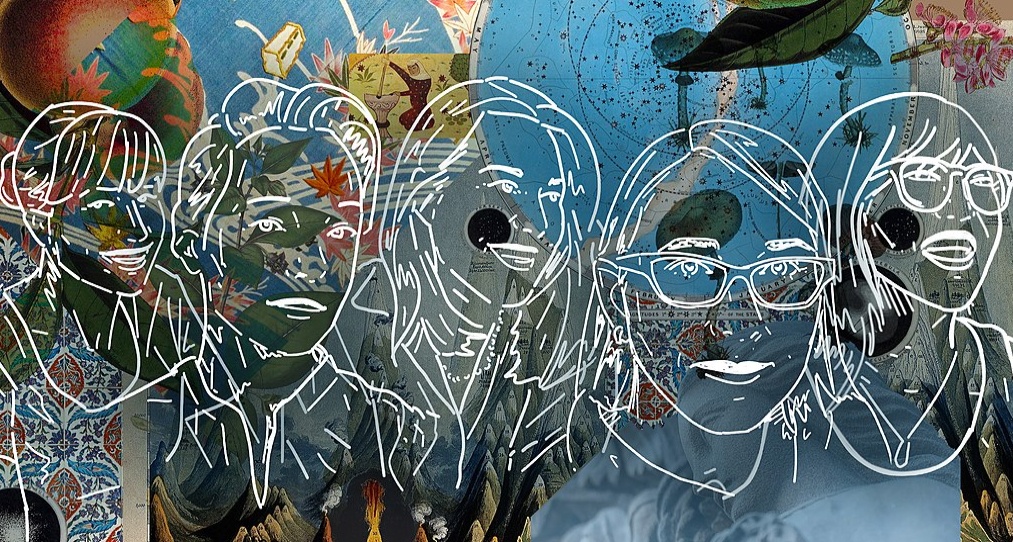
If you make a list of what women want, I’m not sure a Women’s History Month would be at the top.
I can say only what this one woman wants: a world where women are honored for more than one month a year; a world where women in every country and of every race and religion enjoy full equality and every door is not only open but has a welcome mat.
That we are not there yet is evidenced by designating March 8 as International Women’s Day and the month of March as Women’s History Month. The observances remind us of the progress women have made and how much work remains to be done, that it is an ongoing struggle not actually limited to one day or month a year.
International Women’s Day has an interesting history and is marked to different degrees and in different ways around the world. An article by University of Pennsylvania Professor Kristen R. Ghodsee describes how the holiday was first embraced by socialist and communist societies before becoming more widely observed. Still, the ways it is celebrated can leave something to be desired. As Ghodsee notes: “In Eastern Europe, it remains a day when women get flowers and sometimes get the day off of work. The irony is they go home and cook—not the most progressive reward—because patriarchy still exists.”
Given that patriarchy still exists, we need International Women’s Day and Women’s History Month. So much of women’s history, especially for that of women of color, has been ignored or was never known or has been forgotten. Think of the movie “Hidden Figures.” Look at the New York Times initiative to publish obituaries for women that the newspaper had historically not included in the news it chose to print.
It has been good to see how Women’s History Month is helping highlight much of the lost history of women and also to focus attention on the ongoing issues of gender inequality. From retail stores like Pottery Barn touting the ways they support and help women to the many colloquia and other forums and initiatives focused on gender equity issues. At the University of Washington, a series of events is unfolding to “Celebrate UW Womxn” and the Seattle Art Museum is blogging to highlight works by women artists in its permanent collection. Nationally Vital Voices lists a month of opportunities, and Ms. Magazine posts a daily updated guide.
At the opening this week of the 65th Commission on the Status of Women, Under-Secretary-General of the United Nations and Executive Director of UN Women Phumzile Mlambo-Ngcuka promoted The Generation Equality Forum. An initiative of UN Women, it aims to spur major financial and political commitments for gender equality. It was launched in response “to the fact that 26 years after the landmark Fourth World Conference on Women in Beijing, public rhetoric on gender equality has not been matched by action and implementation.
As a result, 20% of women and girls annually report experiencing sexual and physical violence, 20% are married before the age of 18, and 55% are unable to make their own decisions about contraception, consensual sex and healthcare. Women do three times more unpaid care work than men. Even pre-COVID-19, the World Economic Forum predicted it would take 257 years to close the global economic gender gap.
COVID has exacerbated existing inequities, with reports of rising violence against women, as well as greater adverse economic impacts caused both by increased unpaid care-giving and the fact that women work in more insecure, low-paid and informal jobs. Women of color and indigenous women face compounded risks and barriers.”
That’s a pretty good summation of why we still need International Women’s Day and Women’s History Month and any other initiative that helps draw attention and intention to gender inequality. For more articles related to gender inequality and sexism, here are some we’ve featured on Post Alley:
- Progress but still a struggle,
- Deb Haaland makes Cabinet history,
- Neera but still so far away,
- How the pandemic highlights the housework gender gap,
- Kamala’s Way,
- Eleanor Roosevelt the people’s proxy,
- It’s reigning women in political leadership,
- Women in the workplace victims of COVID,
- Revenge of the nasty women,
- The role model boys need,
- Pandemic and the persistent gender pay gap,
- Progress for women in newsrooms,
- Tarra Simmons a first for Washington,
- Reproductive Justice
Discover more from Post Alley
Subscribe to get the latest posts sent to your email.

Hooray Linda! But isn’t it infuriating that all this still needs to be written? Glad you put it out there.